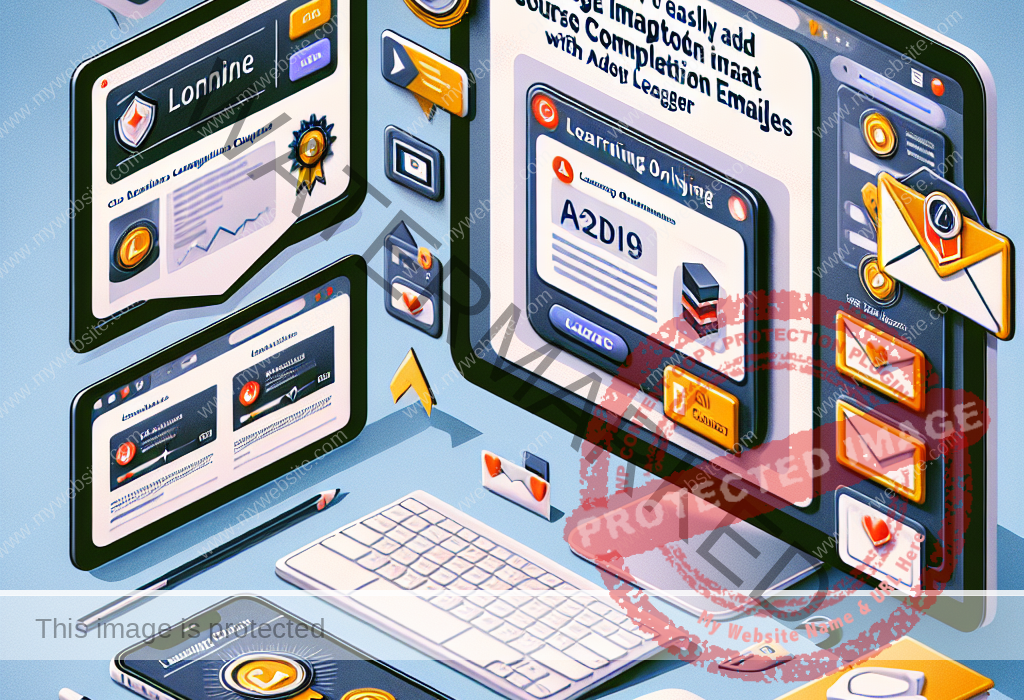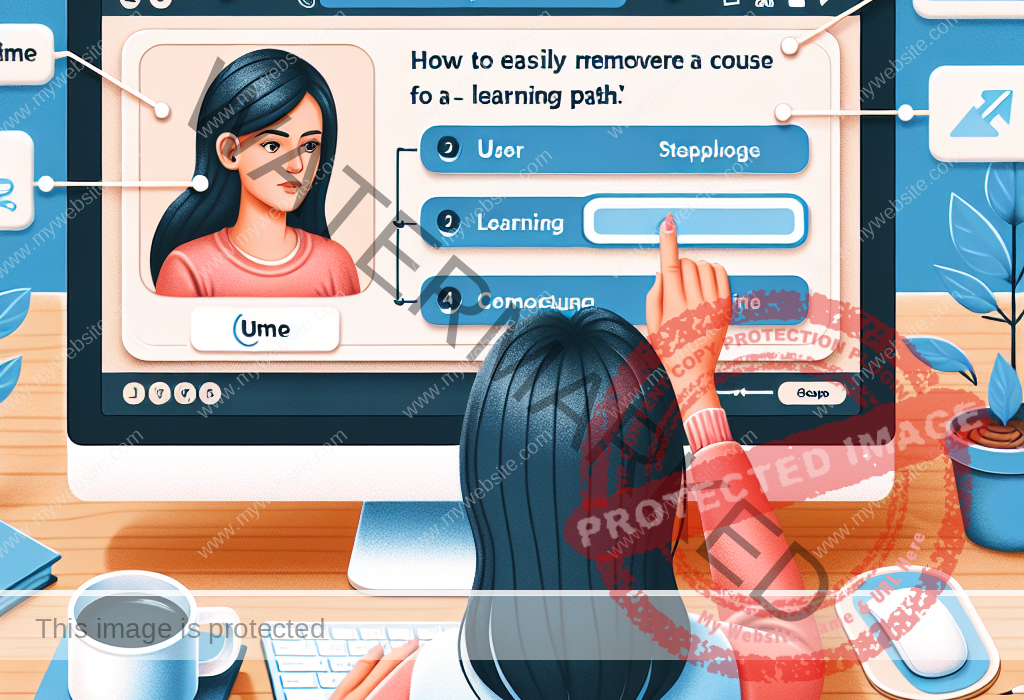Integrating OneRoster for Efficient Data Sharing in Educational Institutions
Reading Time: 2 minutesInsights on the Advantages of OneRoster Integration from an Expert in eLearning Development Having extensive experience in eLearning development, I can confirm the numerous advantages of incorporating OneRoster into educational settings. The enhanced data precision alone revolutionizes the process by eradicating manual input and ensuring uniformity across various platforms. This not only











